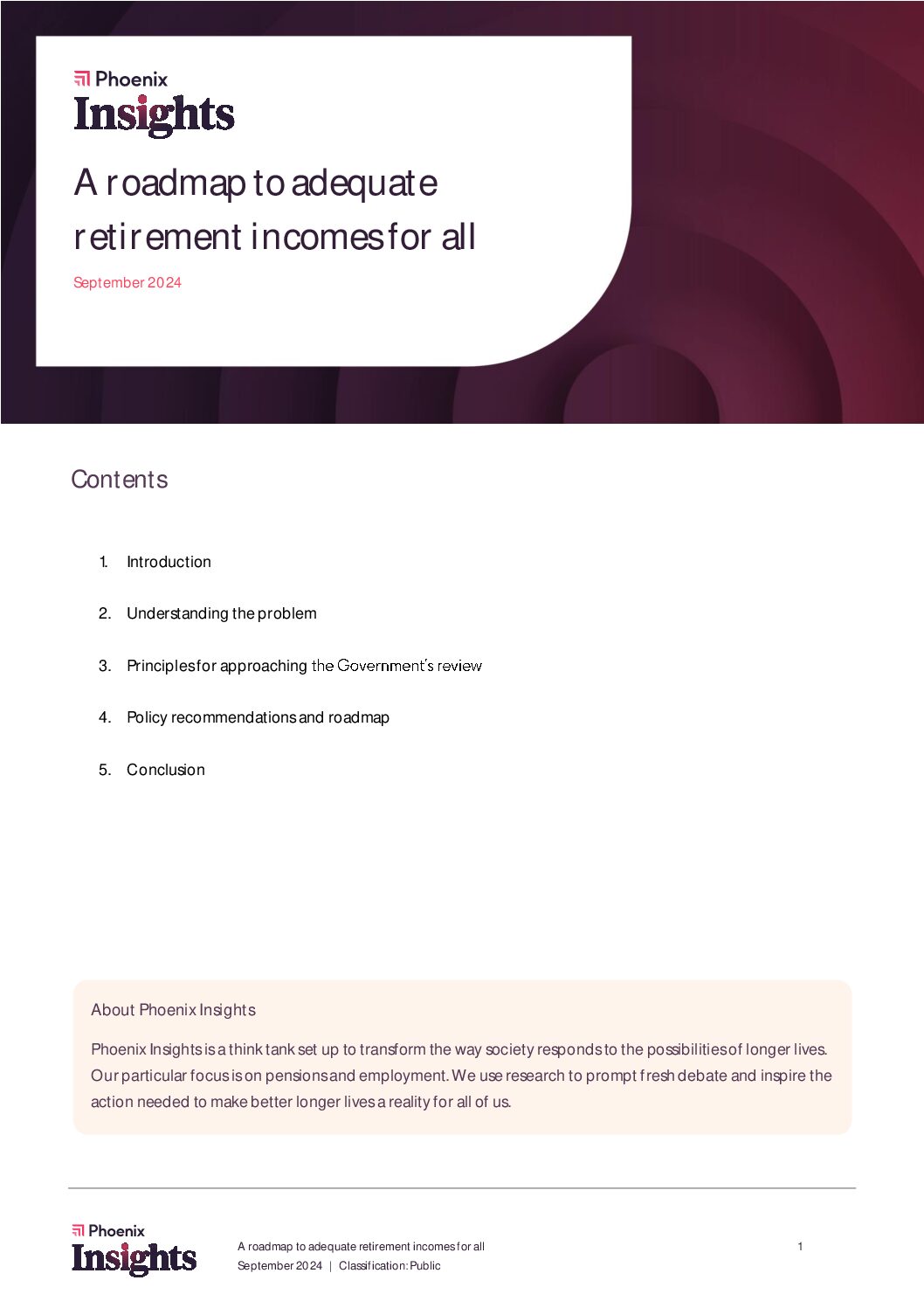Retirement in America: Time to rethink and retool
By PWC
A range of factors have put intensifying pressures on the US retirement system in recent years, leaving the industry facing a decelerating revenue growth outlook. A number of these challenges — fee pressure, underfunded retirement plans, an aging population — are structural and unlikely to ease. Many retirement players have been unable to outrun even one of these factors: fee pressure. Rising industry-wide fee pressure is placing constraints on the profitability of US retirement firms with average 401(k) expense ratios falling by a third over the last ten years. The fee pressure phenomenon is not limited to asset managers. According to PwC analysis, recordkeeping fees are also on a downward trajectory, declining by 8% between 2015 and 2019 alone.
While these pressures have forced some retirement firms to consolidate or exit, there’s an opportunity hiding in plain sight. Firms that focus on the evolving needs of participants by addressing individual challenges with new benefit offerings and holistic advice can increase participation. Access to retirement programs can also improve through lower cost turnkey programs specifically designed for small business which, in total, we estimate can unlock an additional $5 trillion in retirement assets. The call to action is now. There are too many signs suggesting the population is unprepared. A quarter of US adults have no retirement savings and only 36% feel their retirement planning is on track.1 Even for those who are saving, many will likely come up short. We estimate the median retirement savings account of $120,000 for those approaching retirement (age cohort 55 to 64) will likely provide less than $1,000 per month over a 15-year retirement span. That’s hardly enough even without factoring in rising life expectancies and increasing healthcare costs.
Get the book here
451 views










